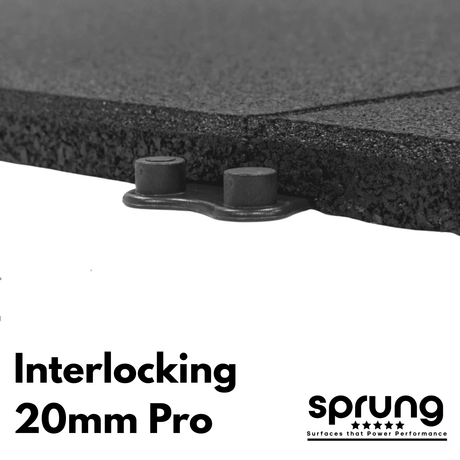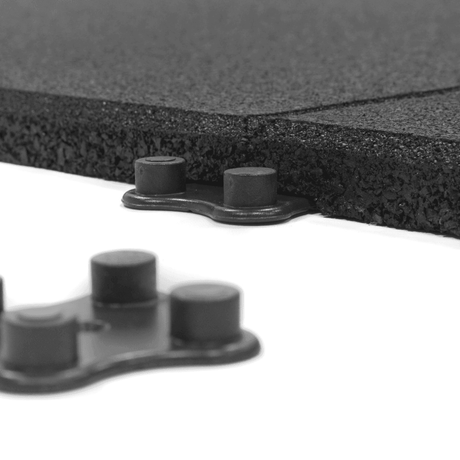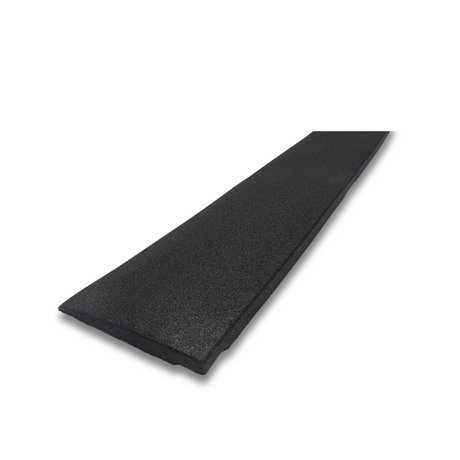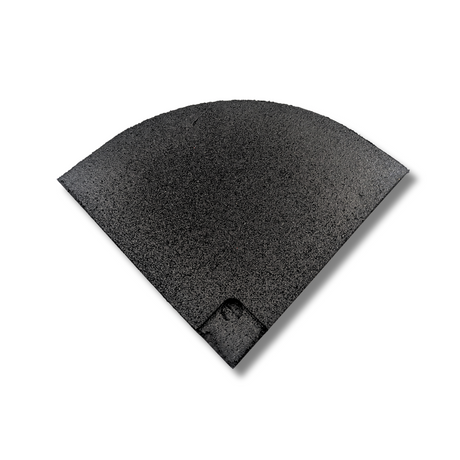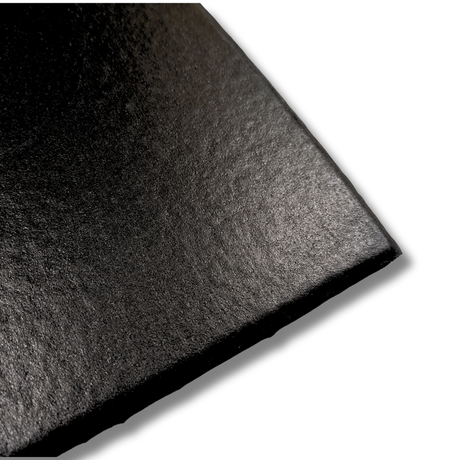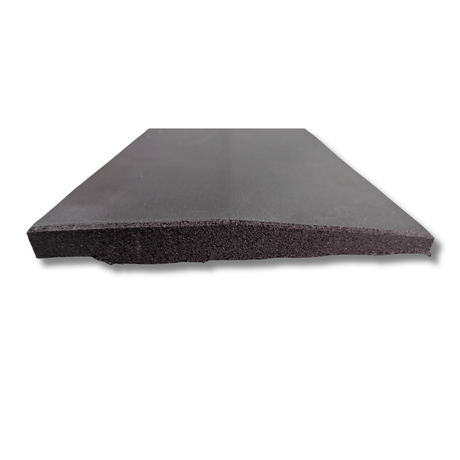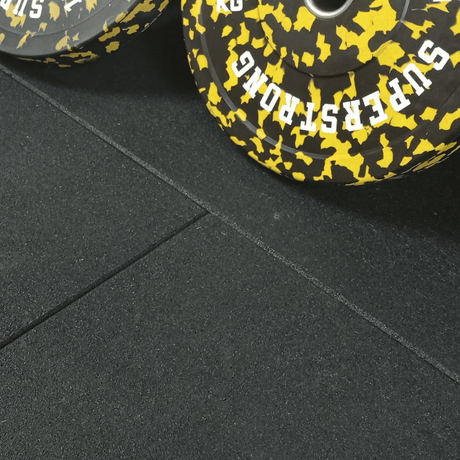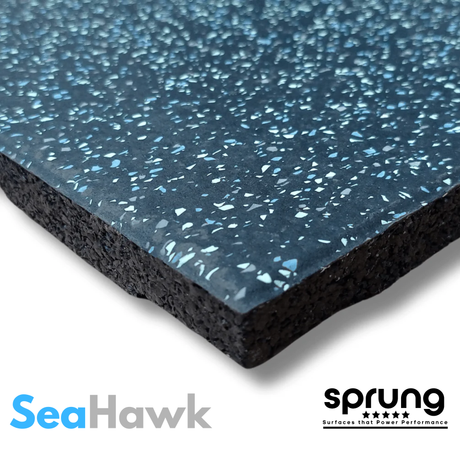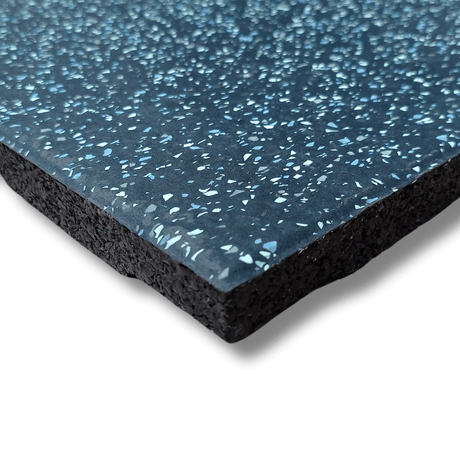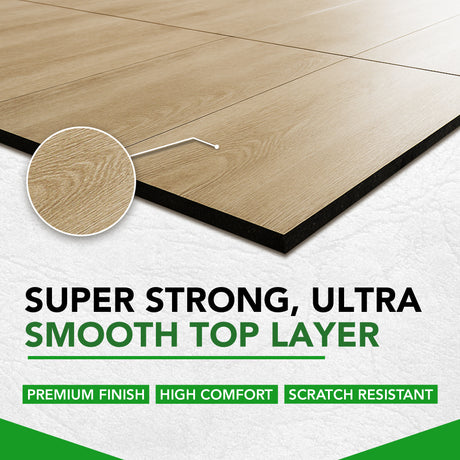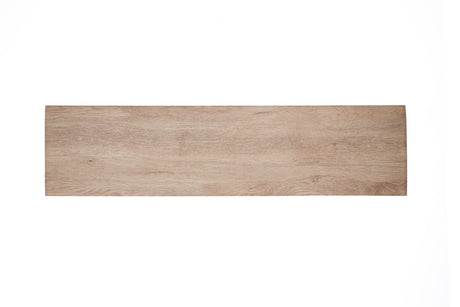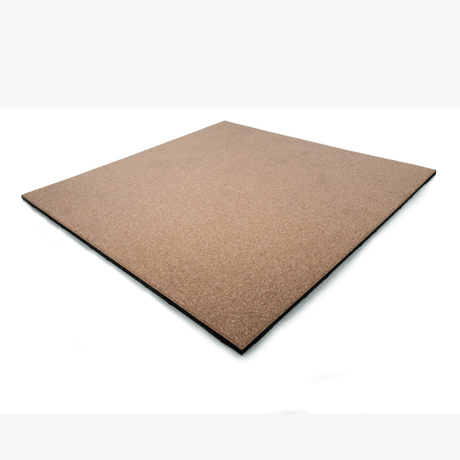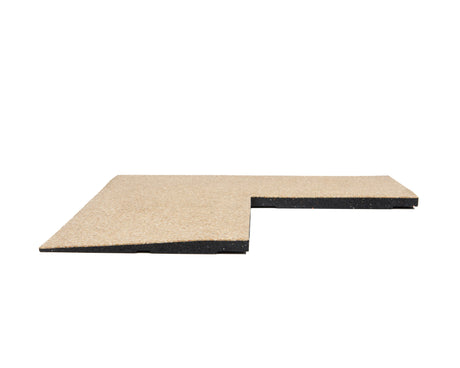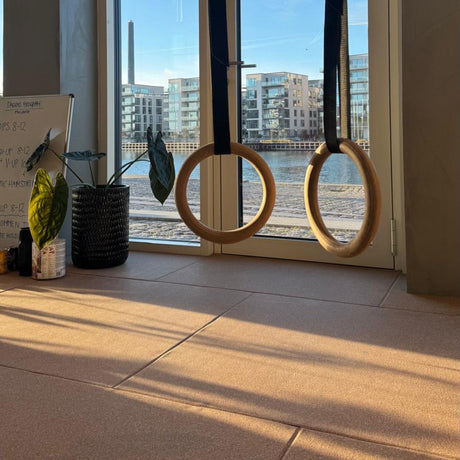Imagine stepping out your back door into a purpose‑built outdoor gym where fresh air fuels every rep and your training area feels like a retreat as much as a workout zone. Creating a dedicated outdoor fitness area design in your backyard brings the best of outdoor workouts, nature, and convenience right to your home.
Here are ten actionable design ideas to help you build or plan your ideal backyard training area, whether you’re working with a large garden or looking for small outdoor fitness area design ideas for backyards.
1. Define the Zone: Dedicated Space for Training
Before diving into equipment or aesthetics, locate and mark a dedicated space for your outdoor gym. Having a clear outdoor gym area ensures you can design the layout with purpose rather than tucking equipment awkwardly around existing features.
Actionable tips:
- Choose a level ground, patio, deck or compacted area, that’s large enough for your essentials equipment and movement space.
- Maintain at least a metre of clearance around heavy items (bench, rig, weight rack).
- Consider storage space (even modest) so you can keep gears tidy when not in use. A tidy space looks and feels better and helps maintain equipment life.
- If you have smaller gardens, opt for a compact layout—home outdoor gym ideas don’t always need huge space.
2. Choose Weather‑Resilient Flooring
One of the biggest design mistakes is ignoring the ground. For your outdoor home gym, you’ll need flooring that handles rain, sun, and temperature swings. Not all gym flooring is designed for outdoor use, it is advisable to narrow down gym flooring options that have built‑in drainage and are made to withstand various types of weather (heavy rain, frost, extreme heat).
Actionable tips:
- Use interlocking rubber mats or thick tiles rated for outdoor/high impact use.
- Ensure drainage and anti‑slip features.
- Choose a slightly dark colour (after all, outdoor surfaces get dirty).
- If part of your space is grass or turf, consider adding a rubber base pad beneath heavy equipment.

See an outdoor gym in action:
3. Pick the Right Equipment for an Outdoor Setting
When you move equipment from indoors to a garden, you face new challenges: weather conditions, sun, rain, wind, and corrosion. Focus on quality gym equipment made from durable materials that have UV protection, anti‑rust and a powder‑coated steel finish.
Actionable tips:
- Choose equipment labelled for outdoor or industrial use.
- Keep heavy weights and bars either under cover or protected with a simple shed/cover.
- For a smaller budget: focus on versatile kit (adjustable dumbbells, resistance bands, pull‑up bar) rather than filling the space with everything at once.
- Make sure you leave enough space to safely perform key movements (e.g. your pull ups, bench, dips).
4. Create Zones Within the Space
Rather than treating the outdoor space as one big zone, split it into sub‑areas: a cardio zone, strength zone, stretching/yoga space. This helps you structure your fitness routine and lets multiple muscle groups be addressed in one session.
Actionable tips:
- Cardio zone: treadmill, rower, skipping rope, sled track (if space).
- Strength zone: power rack, bench, free weights and heavy duty fitness mats
- Body‑weight/calisthenics zone: pull‑up bar, dip station, resistance bands.
- Stretch/yoga zone: open space with mats, away from weights.
- Use visual cues (different flooring, potted plants, signs) to separate zones. The variation makes the space feel bigger and more professional.
5. Shelter or Cover: Make It Usable in All Seasons
One of the major disadvantages of outdoor gyms is exposure to the elements. Rain, sun, wind can limit your use. To counter this, design for some form of shelter.
Actionable tips:
- Install a pergola, canopy, awning or small garden‑gym shed to give you cover.
- Consider solar panels on roof of shelter, not only do they provide power for lighting/fans, but they tick the “outdoor home gym” trend of sustainable features.
- Make sure shelter allows ventilation (important in hot weather) and easy drainage (for rain).
- Use wind‑proof side panels if you’re in a windy garden.
6. Smart Lighting for Morning or Evening Workouts
Actionable tips:
- Use weather‑rated LED lights around the perimeter or overhead.
- Integrate motion‑sensor lights for late‑night workouts to stay energy smart.
- Add accent lights (e.g., wall lights, strip lighting along flooring) to create a more inspiring space.
- If using solar panels, wire in a few low‑voltage lights and perhaps a fan for hot weather.
7. Make It Low Maintenance & Tidy

A frequently overlooked factor: if an outdoor gym looks like a mess of weights, mats and soggy gear, you’ll be less likely to use it. Good design means carving out storage space, using durable surfaces, and keeping space tidy.
Actionable tips:
- Build or install a waterproof bench with built‑in storage for mats, bands, smaller weights.
- Use wall‑mounted hooks for resistance bands, skipping ropes.
- Choose materials and finishes that age well (powder‑coated steel, UV‑stable plastics).
- Schedule occasional cleaning (rain leaves, damp mats) and inspect equipment regularly, prevention goes a long way.
8. Integrate Nature and Design Harmony
Your outdoor fitness area doesn’t have to look cold or industrial. In fact, integrating greenery, wood, and thoughtful landscaping can make your outdoor training space more inviting and likely to be used regularly. If you have a garden room style gym, aim to create a view of the outdoors.
Actionable tips:
- Use planters or low hedging around the gym space to soften hard edges.
- Consider a timber deck or wood‑effect cladding to help the gym sit naturally in a garden.
- Plant tall shrubs or bamboo to provide a bit of privacy and to screen neighbours if needed.
- Use colour or texture contrast (e.g., wood + rubber mats + greenery) for visual appeal without clutter.
9. Budget‑Friendly DIY Ideas and Small‑Space Adaptations
- Use a pre‑fabricated shed or garden room kit as your gym pod and fit rubber mats inside.
- Buy a solid outdoor pull‑up/dip bar setup and keep it simple.
- Use natural obstacles (logs, tyres, ropes) for fun functional training rather than expensive machines.
- If space is very limited, focus on body‑weight, resistance bands and a compact rack, small outdoor gym ideas for backyards can still pack a punch.
10. Plan for Longevity: Maintenance and Weather Considerations
To ensure your outdoor home gym stands the test of time, it’s key to design with maintenance in mind and consider weather conditions, especially in climates with rain, frost or hot summers.
Actionable tips:
- Use corrosion‑resistant finish on steel and store weights off‑ground if possible.
- In very hot weather: ensure shade, ventilation or even fans; direct sun on equipment can raise surface temps and fade colours.
- After heavy rain or snow: check flooring drainage and dry out mats to prevent mould.
- Regular cleaning: wiping down metal, removing rainfall debris, checking anchors for rigs.
- Use low maintenance landscaping around gym zones to reduce work (gravel paths, artificial turf, evergreen shrubs).
FAQ
Can you build a gym in your backyard?
Yes! You absolutely can build a gym in your backyard. Whether it’s a simple open‑air setup or a sheltered outdoor gym pod, the key is to define your space, choose the right flooring and equipment and ensure access and safety. With thoughtful layout and durable materials, a home outdoor gym becomes practical and enjoyable.
Do you need planning permission for an outdoor gym?
It depends on the structure. A standalone shed or dedicated building may require planning permission in some areas (especially if it’s large or permanent). But simple covered zones or minimal structures often fall under permitted development. It’s wise to check your local regulations before installing a large permanent build.
How to design an outdoor workout area?
Start by assessing your space and goals. Define zones (cardio, strength, stretching). Choose durable, weather‑resilient flooring. Pick equipment suitable for outdoor use. Add shelter, lighting, and storage. Finally, integrate the design with your garden so it feels part of the landscape and doesn’t overpower it.
Can you put workout equipment outside?
Yes – but you must use weather‑proof outdoor gym equipment or protect your gear with covers/shelters. Choose materials with anti‑rust, UV‑resistant finishes and ensure equipment is securely anchored and safe for outdoor use. In addition, keep equipment maintained to counter wear from the elements.
What are the disadvantages of outdoor gyms?
Some of the drawbacks include: equipment being exposed to weather (rain, sun, frost) which can reduce lifespan; potential noise disturbance for neighbours; challenges with heating/cooling; and maintenance overhead (cleaning, drainage). However, with proper planning and durable materials, these can be managed effectively.
Final Thoughts
Creating a backyard outdoor gym is a smart way to merge outdoor fitness, convenience and design. From picking the right outdoor gym ideas and flooring to ensuring weather‑proofing and low maintenance, each decision matters.
With the ten design ideas above, you’re well‑on‑your way to building a functional and stylish outdoor training space that motivates you, right in your garden. Get ready for fresh‑air sessions, improved fitness routines and many years of enjoyment!
Start your garden gym design today - explore outdoor rubber gym flooring for the perfect foundation.














